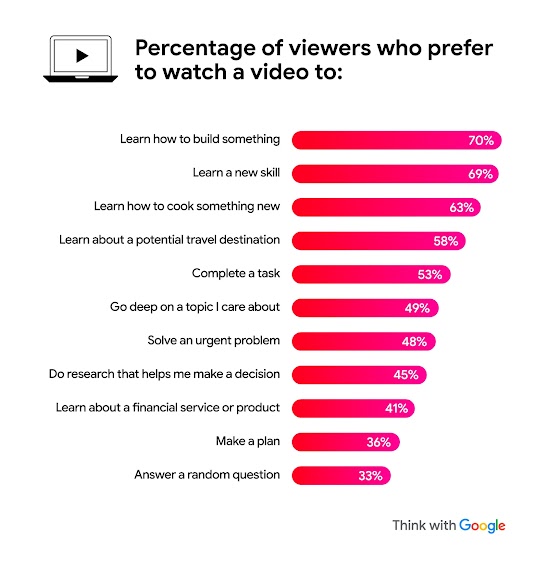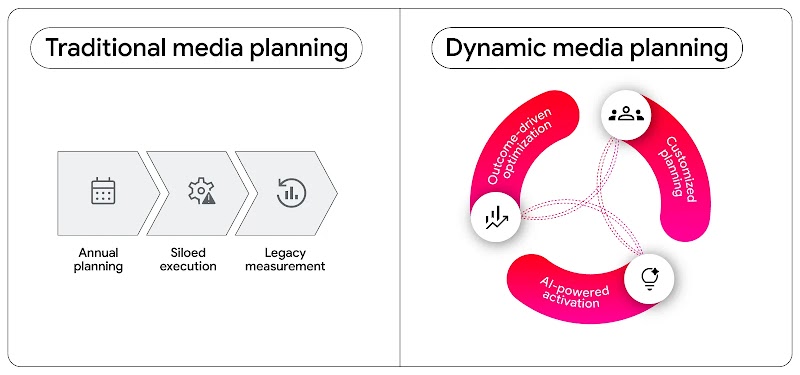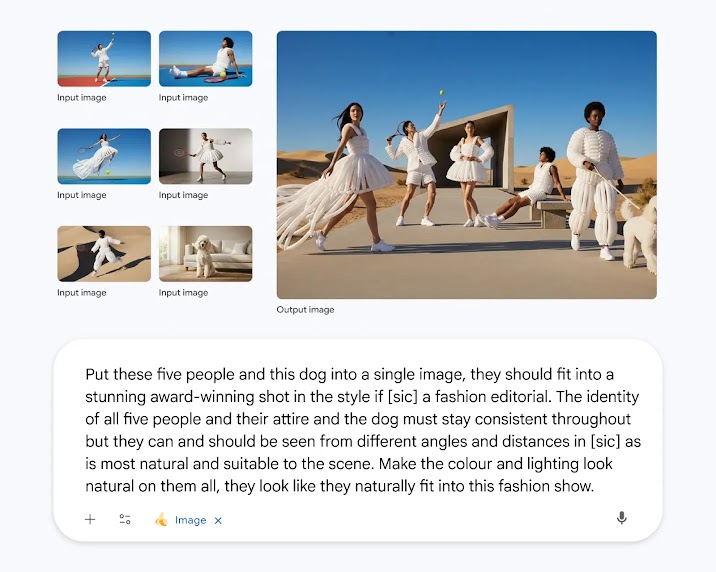Career Advisor on Instagram: "(Send this to yourself so you don’t forget and follow me for more!) Say this when someone questions your expertise (and watch their tone change) I’ve seen people destroy their credibility in seconds by reacting defensively when questioned. When someone questions your expertise, they're not always looking for an answer. Sometimes they’re looking for a reaction. Here's what NOT to say and what to say instead: Don't say: "I've been doing this for years."�Say: "Walk me through what's concerning you about this." You didn't pull rank. You didn't defend.�You made their doubt the focus—not your credentials.�Now they have to articulate it, and most people can't. Don't say: "Actually, if you look at the data..."�Say: "What would change your mind on this?" You didn't argue with evidence.�You asked what they need to hear.�Smart people don't debate—they uncover what's really driving the resistance. Don't
Ltap Research
Sunday, December 28, 2025
Good Elevator Pitch
https://www.instagram.com/reels/DRw-KNfjUbz/
I get the question all the time: what makes a good elevator pitch?
It’s simple. It has three parts.
1. Problem – Own a problem in the mind of your customer. “If you ever struggle with X…” or "You know how most people struggle with X..."
2. Answer – Present your product as the solution. “I am a [who you are + what you do].”
3. End result – Paint the happy ending. “…so you can finally [desired outcome].”
That’s it. Three parts. One clear message.
If you want help writing your elevator pitch, go to StoryBrand.com.
Sunday, December 21, 2025
memorable strategic story
The little-known system to solve complex problems and create a memorable strategic story that gets backed. The Strategist Toolkit contains 50 modern tools to help leaders structure ideas, think strategically, tell a compelling story and make their next big moves. It also comes with a new Strategic Thinking Method course to help professionals make good strategy. Here’s a few things to discover in the Strategist Toolkit: Developing strategic thinking skills helps professionals become thought leaders and trusted advisors that inspire decision making for businesses. |
Friday, December 19, 2025
The future of video is on YouTube: 3 ways to win in 2026
If you want proof the video landscape has transformed, consider this: A Kantar survey found that 69% of viewers say they’d now rather watch a video than read text or listen to audio to learn a new skill.1

Source: Google/Kantar, Future of Video, U.S., n=2,160 weekly video viewers 18–64, competitive set includes 9 market competitors: linear TV, Netflix, Disney+, Amazon Prime Video, Max, Facebook, Instagram, TikTok, and Snapchat, Jan. 28, 2025–Feb. 10, 2025.
Whether they’re learning something new, making a decision, or going deep on a new discovery, consumers are choosing video. This video landscape shift means that video is not only the preferred medium for entertainment but also for commerce and learning.
Increasingly, video is everywhere and everything is video. For advertisers, this means the legacy video playbook is obsolete. To win in 2026, add three essentials to your planning checklist.
Essential 1: Plan fluidly for a fluid consumer journey
If the preference for creator content and video everywhere, every way feels like part of a bigger shift, it’s because they are. A Google-commissioned Boston Consulting Group (BCG) analysis of the behaviors of 10,000 U.S. shoppers found that today’s journeys don’t follow a linear funnel. Instead they are fragmented across four overlapping behaviors: streaming, scrolling, searching, and shopping.
A shift in consumer behavior demands a shift in how we plan media. The traditional, rigid model of media planning built around annual planning, siloed execution, and legacy measurement is obsolete. The goal is no longer just to buy impressions that fill the funnel but to earn attention, build relevance, and establish trust. Embrace a dynamic cycle that uses AI to customize your media strategy, connect with audiences throughout their fluid journeys, and optimize your investments based on outcomes.

To empower marketers to turn this dynamic range of unique consumer journeys into real opportunity, YouTube also offers powerful AI solutions like Demand Gen campaigns, which help you capture engagement across every screen and format — from the living room TV to the mobile feed. These AI-powered solutions drive tangible outcomes, with advertisers using Demand Gen seeing a 26% year-over-year increase in conversions on average.2
Essential 2: Make creators your go-to
Creators sit at the center of this video-first universe. Eighty-three percent of Gen Z viewers now prefer content from their favorite creators over studio-produced shows.3 This isn’t an emerging trend. It’s the new reality of video. They’re the “startups of Hollywood,” as YouTube CEO Neal Mohan puts it. As creators build their communities, they’re leading the biggest cultural conversations and building communities of passionate fans. Beyond aligning your brand with their content through ads, creators can be your go-to partners for on-brand, scalable content creation.
Audiences increasingly prefer content from creators that breaks through the noise, speaks to their specific interests, and feels authentic. For their fans, creators are more than stars. They’re trusted advisors. And YouTube is the go-to for those sought after points of view, with 82% of U.S. viewers saying the platform has the most trusted creators.4
Consumers make more confident decisions faster on YouTube.
Creators not only put your brand at the epicenter of culture, they streamline the consumer journey. A survey by Material found YouTube cuts down the average online U.S. video shopper’s journey by six days.5 That means consumers make more confident decisions, faster on YouTube. This shortened path to purchase creates a “trust dividend” for brands, adding up to more sales, more efficiently. On YouTube, you can partner with creators to reach their fans through long form, Shorts, live, and everything in between.
And there’s always something for passionate fans to discover on YouTube, because the content scales along with their appetite for it. Over the past four years, YouTube has paid out more than $100 billion to creators, artists, and media companies globally.6
Essential 3: Think like your audience. Think YouTube first
Your audience is now video-first and creator-first, and follows a nonlinear path to purchase. Naturally, that means they’re on YouTube.
YouTube is 1.6X more likely to positively influence purchase decisions compared with social platforms.
In these new nonlinear journeys, the currencies that matter most are attention, relevance, and trust. While some platforms slant toward attention, relevance, or trust, YouTube stands out by excelling in all three. In the BCG analysis, shoppers reported that on YouTube they are 1.5X more likely to pay attention to content compared with social platforms, that the content is 1.7X more relevant, and that it is more than twice as trustworthy.7
This makes YouTube significantly more impactful, with shoppers saying YouTube is 1.7X more likely to positively influence brand consideration and 1.6X more likely to positively influence purchase decisions compared with social platforms.8 Consider this potential across the over 35 billion hours of shopping-related content watched on YouTube in the past year.9
By adopting a creator-centric, dynamic video playbook that prioritizes YouTube and invests in creative readiness, you can align yourself with the new preferences of audiences, the mechanics of decision-making, and the epicenter of culture. This will position your brand to create new strategic advantages, turn viewing into action, and drive results in 2026 and beyond.
4 ways CMOs can peel back production bottlenecks with Nano Banana Pro
In creative production, any gain in speed can mean a tax on quality. Likewise, a boost in quality requires more time. But the introduction of generative AI into the enterprise workflow is dismantling this old dichotomy. We are witnessing the start of a new paradigm with the integration of Google’s most advanced image-generation model into Asset Studio: Nano Banana Pro gives creative teams new superpowers.
For the CMO, this is not merely a software update; it is an operational pivot. Here are four ways marketing leaders can get more from AI by rethinking branding, workflows, prompting, and scaling creative.
1. Create at scale and at speed, all on brand
One of the biggest priorities for marketing leaders is brand integrity. How do you scale generation without diluting the visual identity you spent years cultivating?
Creative directors and agencies can now rely on Nano Banana Pro to maintain their brand integrity and to feel confident in asset generation. By using reference images and brand guidelines, including existing assets and defined aesthetics, marketers can define the guardrails for the model. This allows the CMO to codify brand strategy (mission, values, tone) into the technical architecture of the campaign.
It allows your team to move from gatekeeping deviations to stewarding expansion, ensuring that even at high volume, every asset remains on brand.
2. Centralize creative production workflows to shorten timelines
Agencies and creative teams are often slowed by production bottlenecks, which are rooted in structural inefficiencies. Traditional workflows are linear: brief > create > review > publish > analyze. This process is too slow for the expectations of modern marketing.
Asset Studio creates a centralized hub that transforms this line into a flywheel. By co-locating generation, review, and performance data, the feedback loop tightens. Performance insights from the morning can dictate the creative generation of the afternoon.
This new agile, circular operating model makes it easier for creative teams to be constantly iterating based on real-time market signals.
3. Upskill your prompt engineering
There is a misconception that AI automates creativity. In reality, generative AI still requires high levels of creative and thoughtful intent. Nano Banana Pro delivers high-fidelity results, but it requires high-fidelity inputs, including your prompts and reference assets.
This elevates the role of your creative directors. Writing a prompt is no longer just about keywords; it is about defining composition, lighting, aspect ratio, and emotional resonance. The “what” (subject matter) must be married well to the “how” (aesthetic execution). Writing a great prompt requires both telling a succinct story and painting an elaborate tableau with words.

High-fidelity inputs into Nano Banana generate high-fidelity results.
The teams that can best articulate their vision in text will win on screen. For more prompt tips, check out this list.
4. Create once, deploy everywhere
A modern omnichannel campaign requires a staggering amount of logistic lifting of thousands of versions, sizes, and formats. This “versioning tax” eats into budgets that should be spent on strategy and innovation.
Nano Banana Pro introduces true asset liquidity. A single master concept can be instantly transmuted into every required format, resolution, and ratio. This eliminates the friction between media planning and creative execution.

Eliminate the “versioning tax” by using Nano Banana for tasks like resizing.
When the cost of adaptation drops to near zero, ROI increases. This means your team can spend less time resizing JPEGs and more time strategizing your next breakthrough.
The bottom line
The arrival of tools like Nano Banana Pro suggests that the bottleneck in marketing is no longer production capacity but imagination.
For the CMO and senior leadership, the mandate is clear: Do not just deploy these tools; redesign the mindset that wields them. We must build cultures that are comfortable with speed, data-literate enough to pivot, and creatively confident enough to guide the AI toward something human.
Wednesday, December 17, 2025
Prompting Cheat Sheet for different platforms
Here’s why learning each model’s style matters:

[ 🔖 save this post for later ]
1. ChatGPT delivers when you guide it like an instructor - asking for step-by-step breakdowns, practical examples, and setting a clear, concise tone.
2. Perplexity excels when treated like a research analyst - ask for specific facts, request sources and citations, and include relevant keywords with timeframes.
3. Grok responds best when you get candid - think raw feedback, emotional angles, skip the corporate jargon, and ask for quick, tweet-style insights.
4. Gemini works well when given structure like a project planner - ask it to organize content, define clear objectives, and format everything into workspace-compatible outputs.
AI models aren’t one-size-fits-all.
Tailor your prompts to the specific model for better outputs.
Save this guide. Share it. Start with one AI tool.
📌 Get Advanced ChatGPT Guide (free): https://bit.ly/3StIB3z
👉 Follow me Andrew Bolis for more and 🔄 Repost this to help others use AI